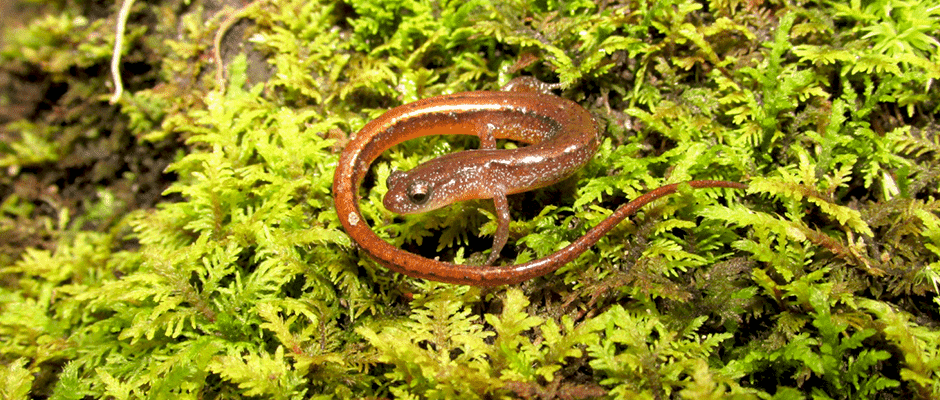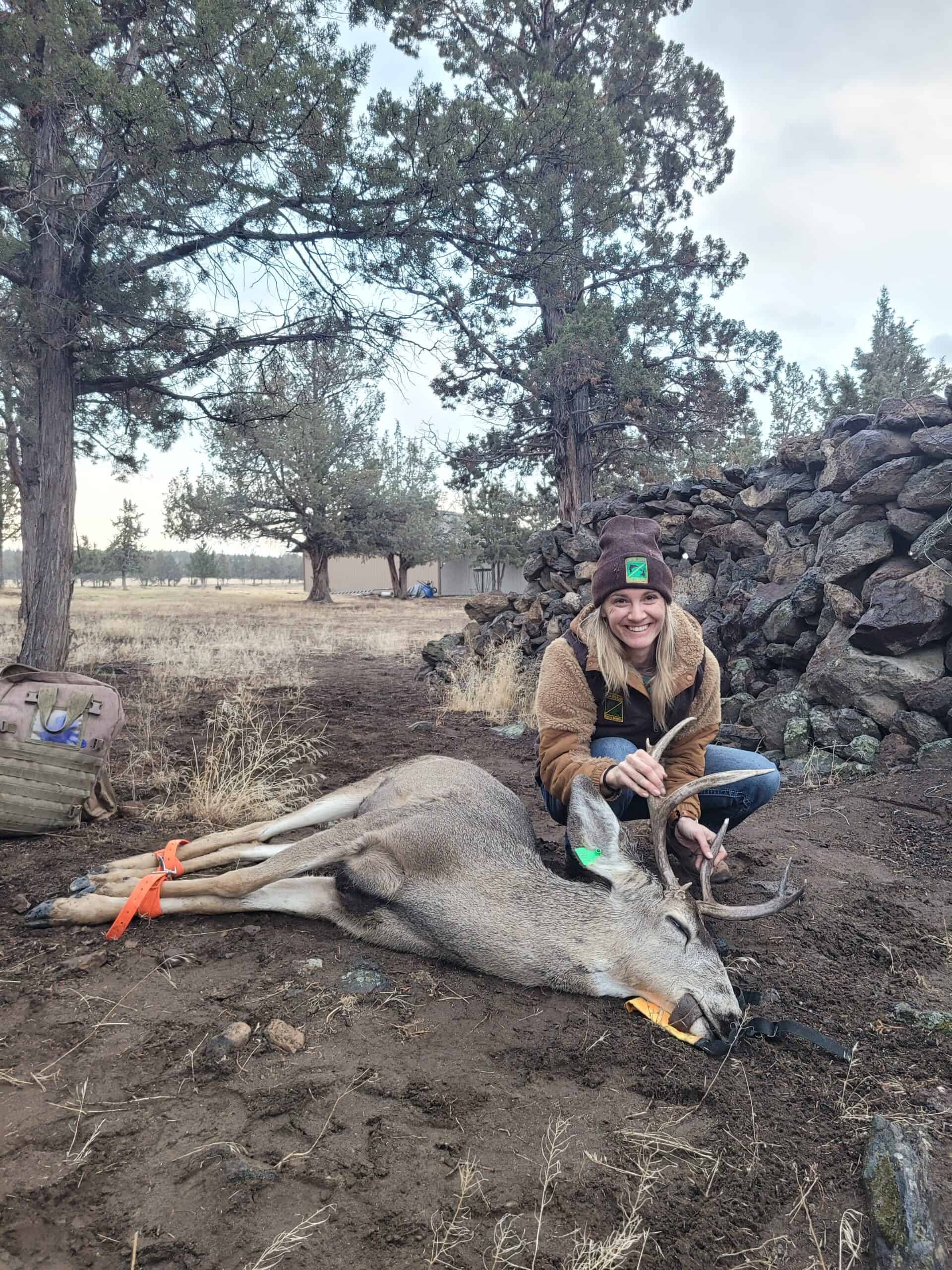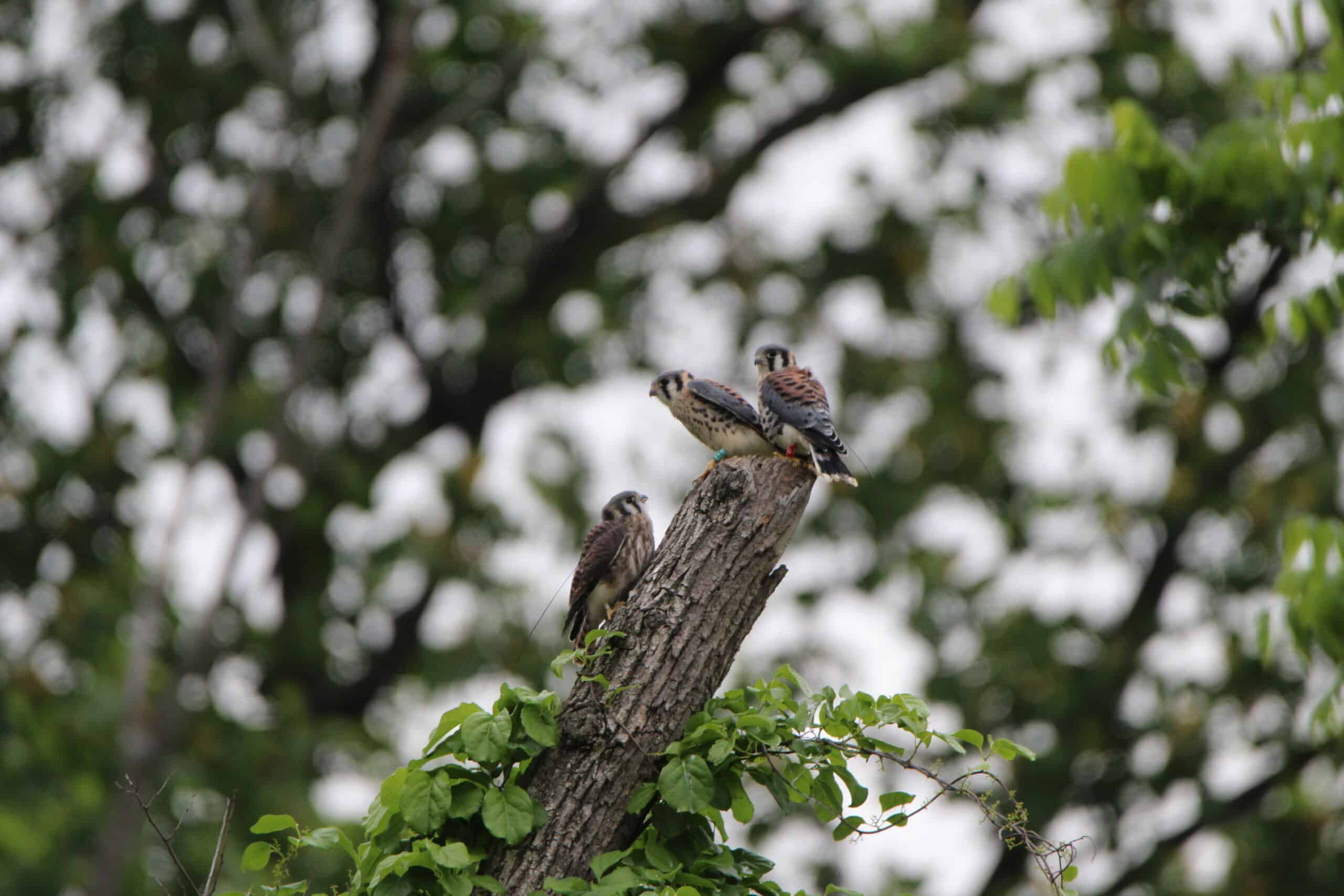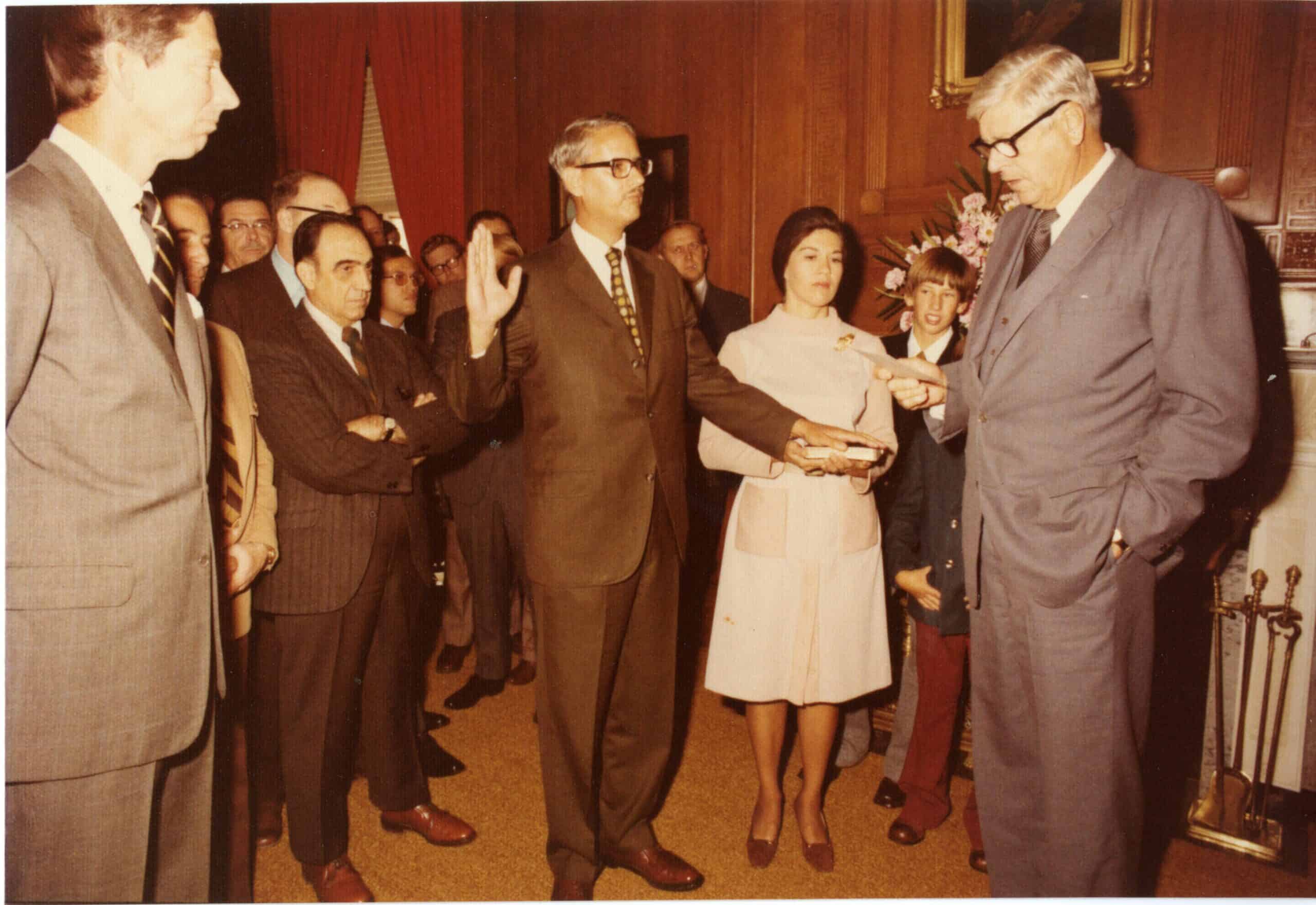Share this article
The mystery of the missing dwarf salamander in Georgia
It seemed like a no-brainer to Sean Graham. The professor at Sul Ross State University in Texas was tasked with tracking down Chamberlain’s dwarf (Eurycea chamberlaini) salamanders and one-toed amphiumas (Amphiuma pholeter) in Georgia. Previous surveys had shown the Chamberlain’s dwarf salamander lived in the Carolinas in parts near the Georgia border, and Graham thought that an extensive survey through neighboring Georgia would show that the species wasn’t doing bad enough to warrant a listing petitioned by some environmentalist groups.
“They said this guy knows how to find these things,” Graham said. “I got the money to do what we thought was a survey on dwarf salamanders.”
But that’s where things get complicated.
Back in 2003, researchers believed there were only two related species of dwarf salamanders — the Chamberlains, which had yellow-patterned bellies, and another with gray bellies called the coastal plain dwarf salamander (Eurycea quadridigitata).
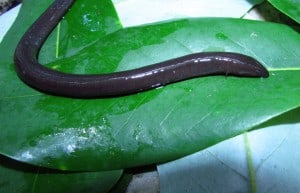
One-toed amphiuma. Image courtesy of Sean Graham.
In 2012, a genetic analysis revealed the situation was a lot more complicated. There were at least five different subspecies rather than two, many of them differentiated only slightly by the size of their limbs and the number of vertical grooves along the side of the amphibians’ bodies.
Graham went in to find amphibians, identifying so-called bay swamps from Google maps satellite images in Georgia and bushwhacking through “impenetrable swamps” with vines that Graham calls “the most horrible plant on earth.”
“It’s like walking through concertina wire,” he said.
Once he found the right habitats, he’d spent around an hour digging through sphagnum moss looking for Chamberlain’s dwarf salamanders that average the size of a pinky finger.
What he found was something else.
The surveys he was involved with quadrupled the range of one of the look-alike species with yellow bellies (they haven’t yet been named), but he didn’t find any of the Chamberlain’s variety.
“I was under the impression [Chamberlain’s] were a fairly common salamander,” he said. “It actually turns out that the petition to list this species may be warranted.”
He said it’s possible that Chamberlain’s are still out there in Georgia somewhere, but it appears right now that the amphibians are limited to the Carolinas.
One toe’s not enough for Georgia
While searching for the dwarf salamanders, Graham was also tasked through the funding to see if he could expand the known range of another amphibian — the one-toed amphiuma. Amphiumas are eel-like black creatures about the length and width of a fat pen with a tiny pair of fin-looking limbs. They differ from their close cousins, the two-toed (Amphiuma means) and three-toed amphiuma (Amphiuma tridactylum) by, well, use your imagination. Georgia is at the northern end of the one-toed amphiuma’s range, which is usually found around the Gulf Coast from Florida to Mississippi with only a couple of known populations before Graham’s survey.
Now there’s only one.
“It’s hard to look for something when you know you’re not going to find it,” Graham said. “With the one-toed amphiuma it was a wild goose chase.”

The “muck hole” where the only one-toed amphiumas in Georgia were found during surveys. Image courtesy of Sean Graham.
The single population resides in a swamp on the private property whose owners, Graham says, act as good custodians for the creatures. While they were very welcoming and warm to Graham and his crew, they wouldn’t even let a state herpetologist in to take pictures of the creatures for a book he was working on.
“They said ‘You can’t mess with our salamanders,’” Graham said.
Graham said this isn’t necessarily bad news for the amphiuma as it was on the northern end of its range in any case. But he says that he hopes the study illustrates the importance of salamanders, despite the fact that people may perceive them as “weird strange swamp dwellers that nobody even knows about.” He says that the United States has an incredible variety of salamanders compared to the rest of the world — something people should be proud of.
“Salamanders in general are fantastic animals,” he said. “We should know about our native diversity and care about it.”
Header Image: Chamberlain’s dwarf salamander. Image courtesy of Sean Graham.



